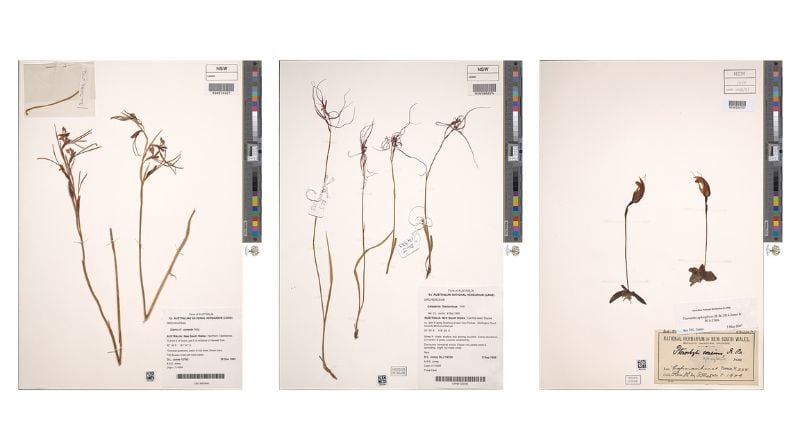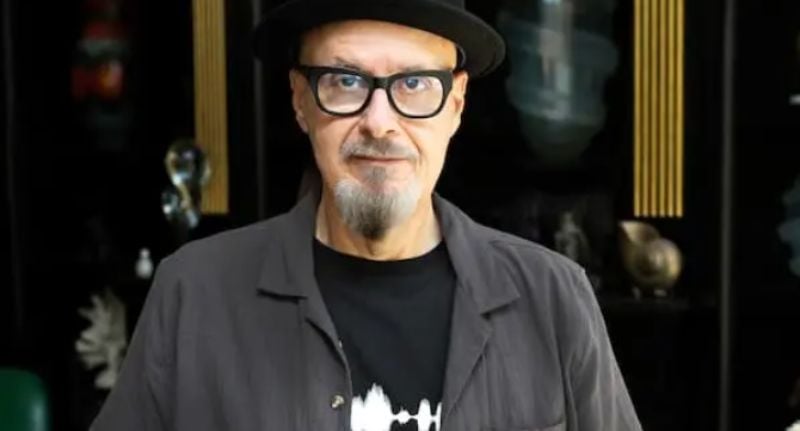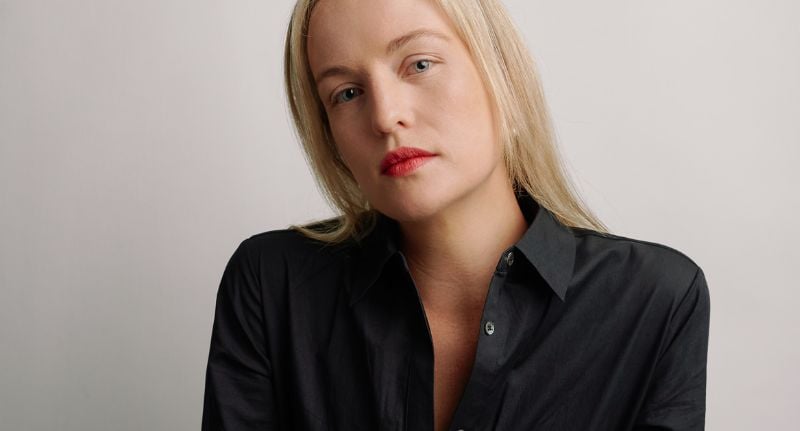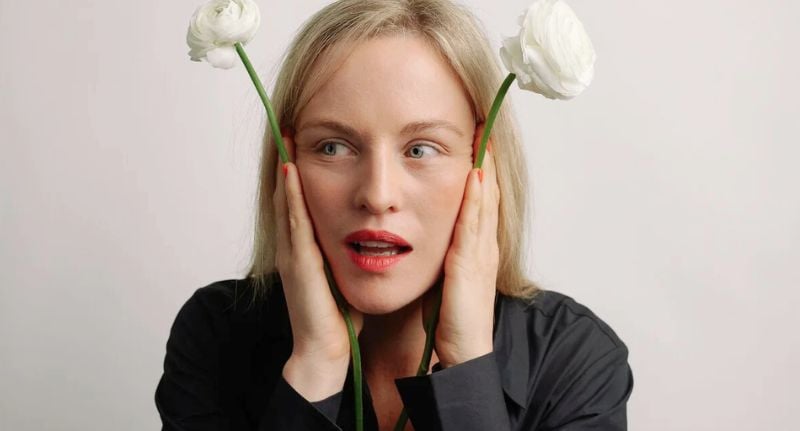Leonardo.Ai’s Imagination Fund is quietly reshaping the creative landscape, offering a rare combination of funding, visibility and technical access at a moment when generative AI is forcing an industry-wide reckoning.
From more than 500 global applicants, just five creators were selected, and Australian fine art artist Mia Forrest is among the cohort set to bring ambitious, discipline-spanning projects to life.
For the Australian creative industries, from art to advertising, content studios to film, the program signals a shift in who gets to experiment with AI at a meaningful level.
It’s also a glimpse into how generative tools are maturing: less hype, more craft; less novelty, more narrative.
A new model of creative funding
The Imagination Fund distributes AUD $15,330 per creator, with participants given six weeks to produce a finished work and document the process behind it.
Unlike traditional grants, the program leans heavily into experimentation, interdisciplinarity and conceptual depth – and is intentionally global.
For Forrest, the funding unlocked a project that had been simmering for away in the background.
“The Fund helps me realise this idea that I’ve had in the back of my mind for at least a year now,” she told Mediaweek.
“The time it takes to make art is expensive. As an artist, having people support you – patrons, people collecting your work – it always feels like, ‘Okay, I’m on the right path. I’ve got the support.’ It makes you feel a little less crazy with your own ideas, because you’ve got the support and validation from a fund and from people backing you.”
Her project, Orchids, is based on an open source data set published by the Australasian Virtual Herbarium, and examines how ecological artefacts evolve as they migrate from nature into digital ecologies – positioning machine learning as a contemporary extension of botanical cultivation.

Image data courtesy of the Australiasian Virtual Herbarium, used under CC BY 4.0. The Herbarium is not affiliated with, nor does it endorse, this work or its interpretations.
Why this moment matters for Australia’s creative industries
Australian filmmaker Alex Proyas, serving as a judge for the Imagination Fund, says the diversity of submissions, and the unexpected thinking behind them, highlighted how rapidly creative AI is broadening.
“Well, the interesting thing, of course, is that I came into this jury as a filmmaker, as you rightly said, and I wasn’t expecting the kind of work that Mia presented to us,” Proyas explained.
“I was expecting a whole bunch of film people coming up with film ideas, but then people like Mia, and in fact many of the people we chose as a group, were coming at AI from very different areas. I found that really exciting,” he said.
He said the jury was struck by “the way people like Mia were using AI in a very unexpected and unique way,” noting that this approach “was one of the reasons we chose the people we did.”
Proyas sees the fund as part of a long technological continuum.
“Film is a technological medium. It came from technology,” he said. “It also allows both a new generation and the older generation, like me, to make films better, faster, cheaper.”
But he also warns against the common fear that AI will replace human creativity: “If you want a story told to humans, you will always want a human to tell that story on some fundamental level.”

Australian filmmaker Alex Proyas
Nature meets digital cultivation
Forrest’s practice has appeared via Sotheby’s, Art Basel, National Geographic and TIME, but Orchids marks one of her most technologically driven works.
Using Leonardo.Ai’s model-training tools, she is building a dataset from wild, uncultivated orchid pressings – specimens untouched by human-induced refinement.
“The heart of any idea should have a lot of integrity,” she explained.
“The element of machine learning and its processes is part of the concept. Because it is a digital ecology that I’m utilising – training datasets of orchids – the whole machine learning process becomes part of the project.”
Her intention was to explore how orchid cultivation – historically tied to human desire, control and aesthetic manipulation – could migrate into the technological realm.
“We’re using machine learning as a kind of digital ecology, showing how the same dynamics of control we apply to natural propagation and cultivation find a parallel in algorithmic control, selection, optimisation and refinement,” she detailed in such infectious passion.
The process culminates in brass-plate impressions taken from AI-generated forms.
“These images are inscribed onto thick brass plates so we can hold them and see a materialisation of the model,” she explained.
“They’re raised reliefs, ghostly traces of forms generated by the model.”
Even with the complexity behind the work, she says the Leonardo.Ai platform was unintimidating: “In terms of using machine learning and training, it can often feel quite chaotic and hard to navigate. But the Leonardo suite of products made it incredibly accessible and user-friendly.”

Australian fine art artist Mia Forrest
The creative implications
For Proyas, who has navigated decades of technological leaps in filmmaking, the democratising effect of AI is impossible to ignore.
“With something like Leonardo AI, someone who doesn’t have the same resources as a big-timer can produce work that stands up,” he said.
But he emphasises that AI must remain a tool, not a replacement.
“You can’t prompt a performance. You can’t prompt an emotion,” he said. “The soul of a real human is the most important thing to convey through any art form.”
For Forrest, the ethics and intent behind the work are everything. “Any artist has a line of inquiry – whether it’s machine learning, coding, or paint on a canvas, it’s always a line of inquiry. We use tools and mediums to validate the ideas we have inside.”
A future built on collaboration, not substitution
The Imagination Fund arrives at a critical juncture.
Global studios, publishers and arts organisations are accelerating their use of generative tools, while regulators grapple with copyright questions and industry bodies weigh labour implications.
The cultural sector is split between fear and fascination.
Programs like this – with funding, technical support and artistic latitude – give creators a structured path to test, critique and refine how AI fits into their practice.
As Forrest puts it: “I think that AI is not going to replace your ability to tell a story. We can use AI to enhance our ideas and collaborate with it – to draw those ideas out of us – but don’t expect it to conjure what’s real, raw and honest about you as an artist trying to say something.”
For Proyas, the future will belong to those who engage with the technology -not run from it. “It’s not a replacement; it’s an addition. It enhances what we do, just as the digital camera did, just as sound recorders did.”
Main image: Mia Forrest
